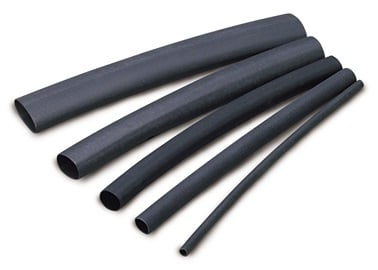Unravelling the Potential of Heatshrink Tubing: Its Uses, Benefits and Importance

Understanding the Basics of Heatshrink Tubing Heatshrink tubing, an essential component of any electrical and electronics professional's toolkit, is a type of extruded plastic tube that shrinks radially upon heating. A crucial part of cable management and wire harnessing, its demand is growing within various industries such as aerospace, electronics, automotive, and telecommunications. The materials used to make heatshrink tubing differ according to the application, but the most common are polyolefin, fluoropolymer, PVC, neoprene, and silicone elastomer. Each has specific attributes tailored to certain usage scenarios. The Magical Transformation: How does Heatshrink Tubing Work? This seemingly magical transformation is nothing but the power of science. The tubing's manufacturing process involves heating and expanding the plastic material, followed by rapid cooling, which 'freezes' it in the expanded state. The material retains a 'memory' of its initial,...
